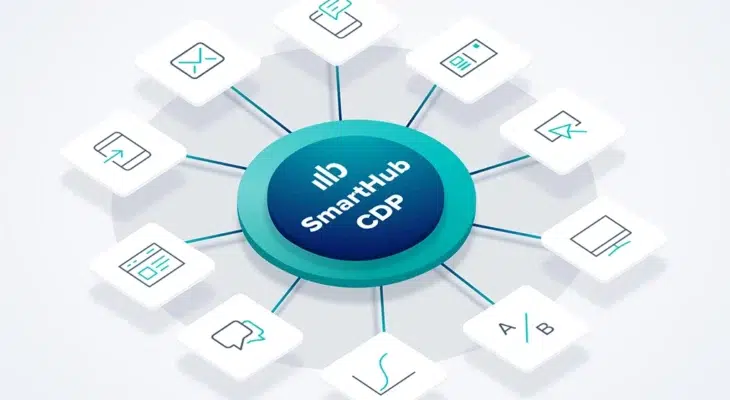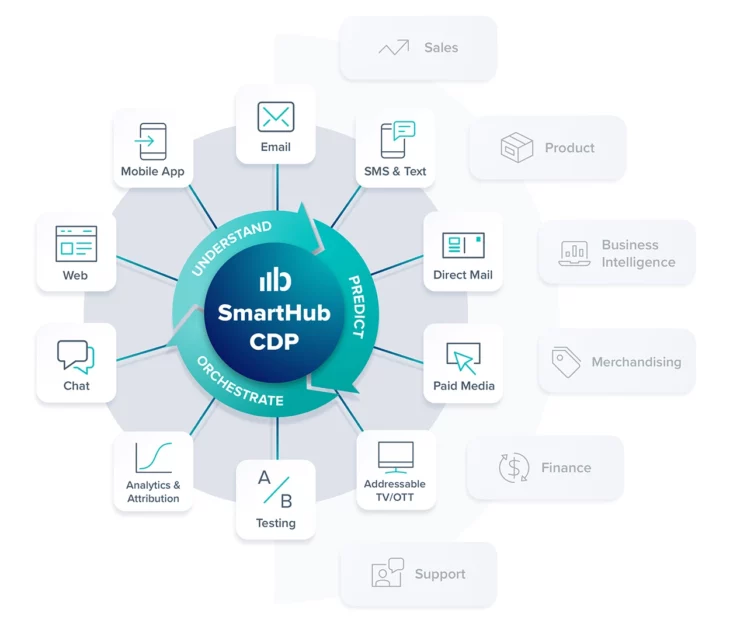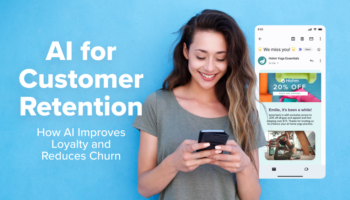For companies large and small, it’s no longer solely about attracting customers to your brand. Marketers are becoming responsible for a greater share of the customer experience, which is also shifting. Today’s customers are savvier than ever and have grown accustomed to relevant, connected, real-time experiences across every interaction with the brand. With the sheer amount of options consumers have today, marketers have smaller windows of opportunity to wow message-overloaded consumers that have sky-high expectations. Customers today expect customer-centricity and it’s essential to brands’ success.
Luckily, there are more technologies and tools than ever before to help marketers achieve that standard. That’s thanks in part to the customer experience becoming increasingly digital, traditionally offline channels becoming digitally addressable, and to more customer data at marketers’ disposal. And yet, marketers still struggle to achieve their goals and remain stuck sending generic, low-performing messages that are disparate across channels.
Often, marketers find themselves held back by inverted tech stacks and disconnected teams built around disjointed channels, instead of around the customer — and as a result are left with a siloed, partial view of the customer. It doesn’t matter how many fantastic martech platforms you have in your stack if they’re not communicating with each other and are each operating off their own siloed understanding of the customer. Without a reliable single customer view at the center around which to unite marketing decision-making, the possibility of cohesive customer experiences is impossible. The key to making all your existing platforms work harmoniously to deliver deeply personalized, customer-centric experiences starts with connecting your data into a central view of the customer to power everything else.
There is hope, though! To surmount these pervasive problems your martech stack needs a boost. It’s time for marketers to unlock the full potential of their stack and start delivering experiences your customers actually want with a Smart Hub that truly understands the customer and orchestrates experiences around them. It’s time for marketers to be smarter about how they engage customers by putting the customer first. It’s time for the SmartHub CDP.




